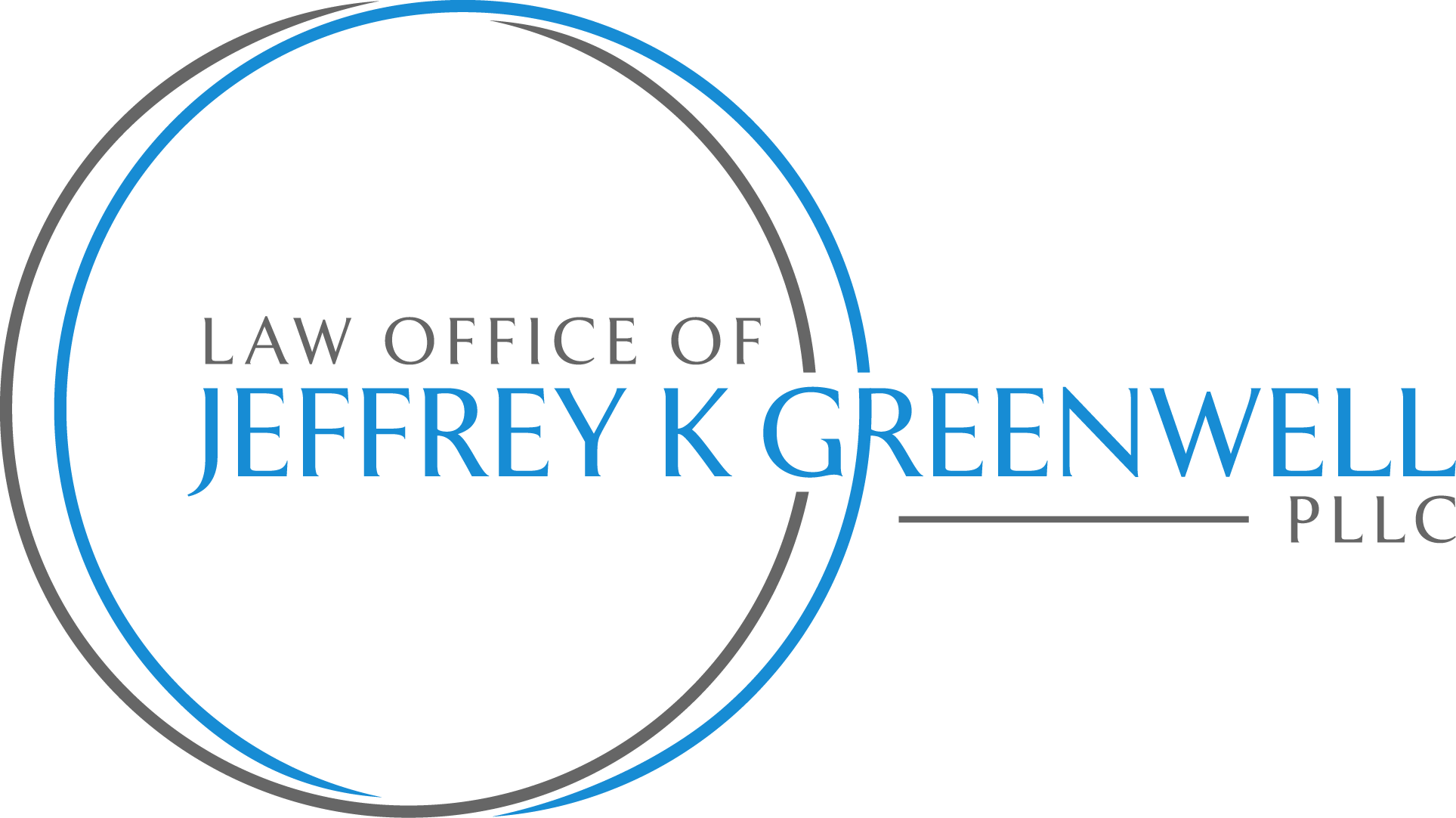Chapter 13 gives you up to 5 years to catch up on your past-due mortgage. How does this actually work?
You get a bunch of tools to help you keep your home when you file a Chapter 13. But the most basic of those tools is this large chunk of time—up to 5 years—to “cure the arrearage.” If you are many thousands of dollars behind on your home mortgage, you need to fully understand how this tool works before investing a lot of time and money doing a Chapter 13 case. This blog, and the next one, should answer your most pressing questions about this.
Can you give a simple example how this works?
Let’s say your monthly mortgage payment is $1,500 and you’ve missed 10 payments, so you are $15,000 behind. If this $15,000 were paid over the full 60 months of a 5-year Chapter 13 plan, that would be $250 each month. ($15,000 divided by 60 = $250.)
If you filed a Chapter 7 case instead, you’d likely be given about 10 months or so to pay that arrearage—amounting to about an extra $1,500 per month. So you’d essentially have to pay double payments, impossible for most people. An extra $250 per month through Chapter 13 may seem hard enough, but this would almost always come with the elimination or significant reduction in what you are paying to other creditors.
(To keep the above calculation simple here, we’ve not included any other fees that could be added to the mortgage arrearage. In most cases the lender would be able to add some late charges, maybe its attorney fees, and perhaps some other costs. And the Chapter 13 trustee would also be entitled to a fee as well.)
If my Chapter 13 plan proposes to catch up my mortgage in 5 years does my mortgage lender have to go along with this?
Most of the time, yes. Although the lender may be able to attach conditions in its favor.
To use the above example, the lender would almost always have to accept the $250 per month arrangement, and give you an opportunity to make those payments under your Chapter 13 plan. But if the mortgage lender is aggressive, it may be able to impose some conditions, ones that are potentially dangerous for you. For example, the lender could require conditions stating what would happen if you failed to comply precisely with the plan’s payment terms—by not being on time with either the arrearage payment or the regular monthly mortgage payment. If you did not make these payments on time, you could be given a very short last chance to pay them or else the lender would be able to start (or re-start) foreclosure proceedings.
Another way of putting this—Chapter 13 gives you a relatively long time to catch up on your missed mortgage payments, but the system is not particularly patient with you if you are then not able to keep to that payment schedule.
What if, based on my income, I’m allowed to finish my plan in 3 years instead of 5?
You’re certainly not required to use the full 5 years, if you can pay off the arrearage and the rest of your Chapter 13 obligations (such as any taxes or back support) faster. Using the above example, $15,000 in missed mortgage payments spread over 36 months would require about $417 per month (again, excluding some likely extra fees), instead of $250. Generally, you would want to finish your Chapter 13 case faster if possible, but should keep your monthly payment low enough to make more likely that you will be able to complete it successfully. If your income qualifies you for a 3 year plan, you are generally allowed to have in a plan that lasts anywhere between 36 and 60 months, depending on what your budget allows.
The next blog will cover these remaining questions:
How are back property taxes handled?
What if the mortgage lender and I don’t agree on the amount of arrearage that’s owed?
What happens if my circumstances change and I decide not to keep the house after all during my Chapter 13 case?

